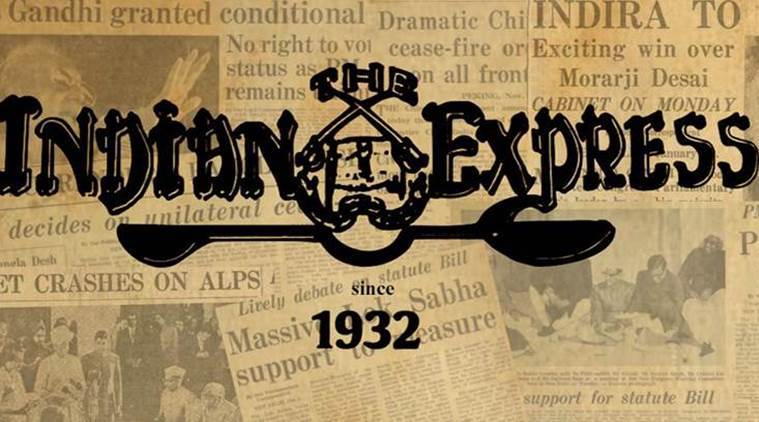Opinion The right cure
An environment that enables innovation — not price caps —will make medical products accessible

 There is no quarrel with the reasoning that accessibility of sophisticated medical implants should not be restricted to the affluent.
There is no quarrel with the reasoning that accessibility of sophisticated medical implants should not be restricted to the affluent.
Five months after the government capped the prices of stents, the Drug Controller General of India (DGCI) has asked for a similar regulation on orthopaedic implants, eye lenses and heart valves. The central drug regulator has requested the Union Ministry of Health and Family Welfare to set up a committee to work out ways to bring these products in the National List of Essential Medicines (NLEM). Once a drug or medical implant is included in the NLEM, its price can be capped by the National Pharmaceutical Pricing Authority. The DGCI has justified his request on the grounds that it will benefit “common people”.
There is no quarrel with the reasoning that accessibility of sophisticated medical implants should not be restricted to the affluent. The price cap on stents was guided by similar reasoning. But it evoked criticism from the manufacturers of these devices, which the government would do well to keep in mind while deliberating the drug regulator’s suggestion. The stents’ manufacturers’s argument that price caps hinder innovation holds true for other implants as well. That there are a handful of players in the implants’ market in the country suggests that even without ceilings, the milieu has not been very conducive for innovation. MNCs dominate the high-end medical equipment segment, while domestic firms manufacture low technology products such as disposables. According to a study, imports constitute about 75 per cent of the Indian medical technology market. Key items that are imported include imaging equipment, pacemakers, orthopaedic and prosthetic appliances, breathing and respiration apparatus, and dental equipment. Top-sellers of orthapaedic implants include Johnson and Johnson, Zimmer Biomet, Stryker and Smith and Nephew, Abbot and Edwards Life Sciences dominate the heart valves market, and Alcon and Bausch and Lomb are the biggest players in the market for lenses. In a market dominated by big players, a price cap can be a band-aid at best. In the long-run, the move could deprive the patient of the latest products and defeat the DGCI’s intention of benefiting the common man.
The government could still do well to set up a committee to look into the prices of medical plants. But that body would also do well to find ways to align the medical manufacturing industry with initiatives like Make in India. The current duty structure for medical devices and equipment favours imports, reducing the growth potential of the indigenous medical technology industry. Addressing such anomalies would improve accessibility of medical products far more effectively than price caps.





